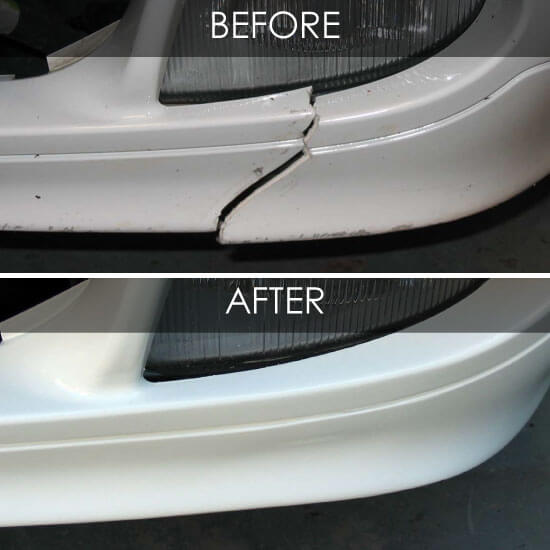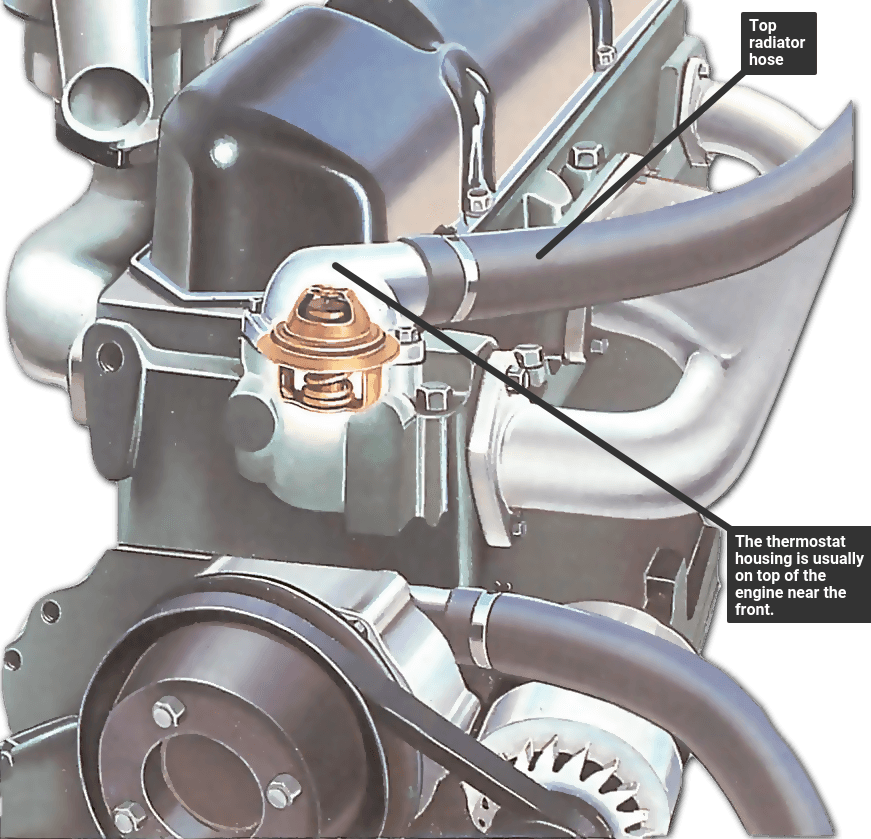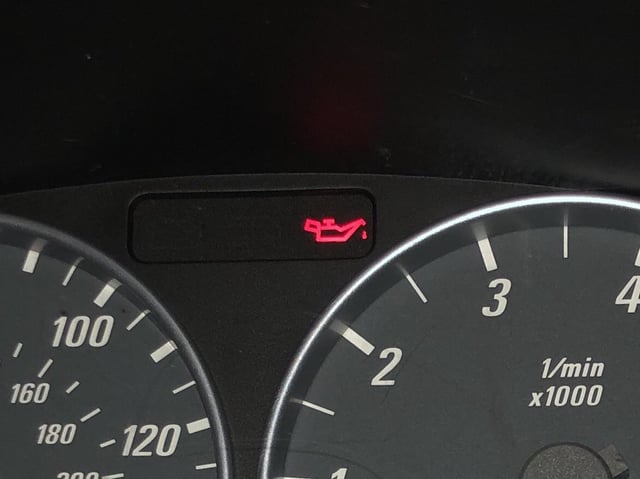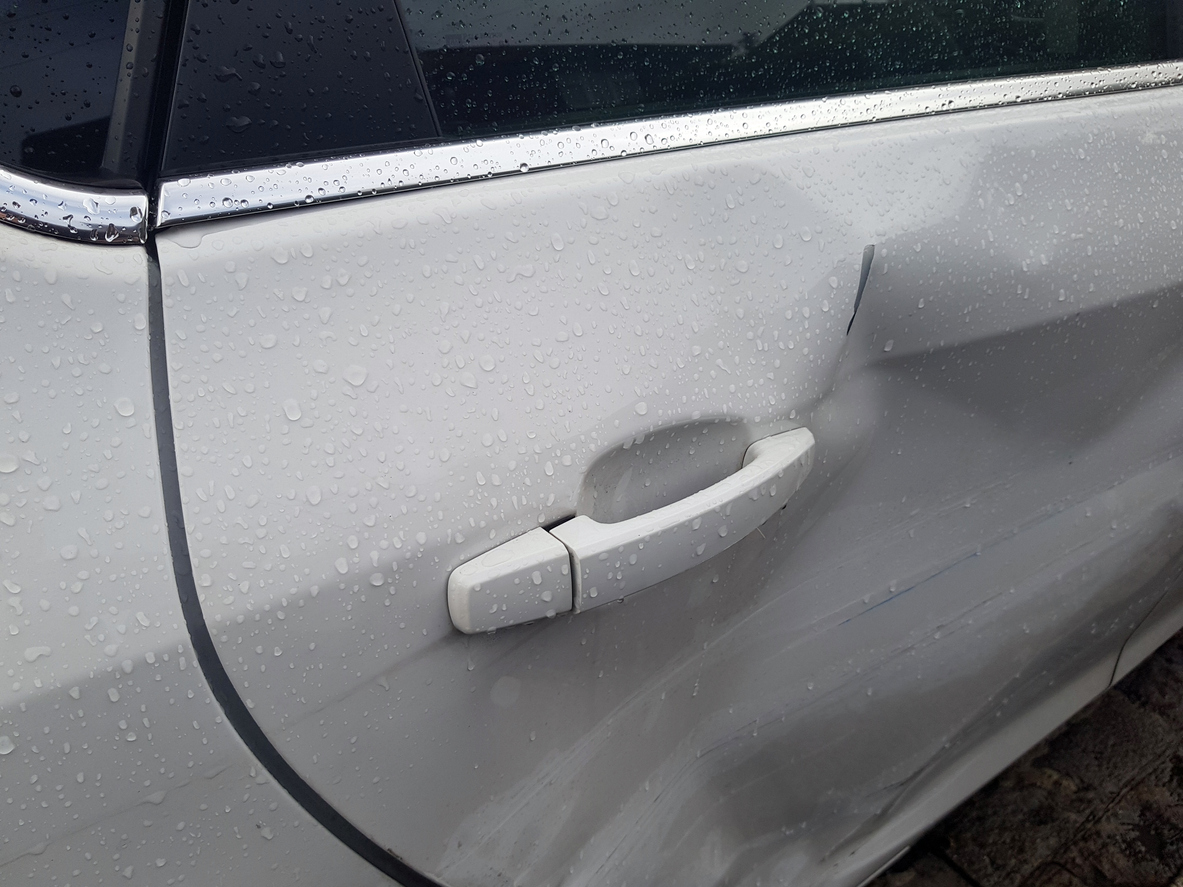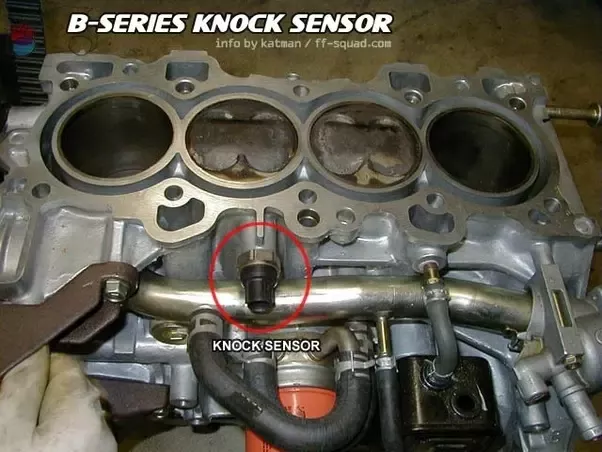Can a Cracked Car Bumper Be Repaired
Yes, a cracked car bumper can be repaired, often without the need for replacement. Simple patching or plastic welding techniques can address the damage effectively.
Car bumpers are designed to absorb impact and protect the vehicle’s front and rear ends, but accidents and collisions can leave them cracked and looking unsightly. Prompt repair is critical not only for aesthetics but also for preserving the bumper’s integrity and functionality.
Repair methods vary depending on the extent and type of the crack, with some requiring professional services while others might be suitable for a DIY approach. Ensuring a repaired bumper maintains its original strength and appearance is essential for vehicle safety and value retention. Certified technicians can assess the damage and recommend the best course of action, often saving car owners from costly replacements.
Assessing Bumper Damage
Assessing bumper damage is the initial step in determining if a cracked car bumper can be repaired. Understanding the damage’s nature and severity is crucial for a cost-effective and safe solution. Let’s delve into an evaluation of common bumper cracks and the methods to assess the damage involved thoroughly.
Types Of Bumper Cracks
Bumpers encounter various impacts that lead to different crack patterns. Identifying the type of crack is essential for the repair process. Here’s an overview:
- Hairline cracks: Small and often superficial, mainly a cosmetic concern.
- Stress cracks: Result from pressure or impact, potential for growth if not addressed.
- Split cracks: Separate parts of the bumper, indicating a more severe issue.
- Spiderweb cracks: Radiate from a point of impact, signaling significant trauma to the bumper.
Evaluating The Extent Of Damage
Determining the repairability of a cracked bumper involves evaluating damage extent. Below is a step-by-step guide for a thorough assessment:
- Visual Inspection: Look closely at the crack to gauge depth and length.
- Flexibility Test: Gently press around the crack to check the plastic’s integrity.
- Underlying Damage: Examine behind the bumper for hidden issues.
Following this assessment, a decision can be made whether to repair or replace the bumper.
Note: Extensive damage compromises safety and often warrants professional attention.

Credit: www.youtube.com
Tools And Materials For Bumper Repair
Got a cracked car bumper? Don’t fret just yet – with the right tools and materials, fixing it can be easier than you might think. Before diving into the repair, it’s crucial to equip yourself with the necessary items. A proper repair kit, paired with the optimal filler, will make the process smooth and effective. Let’s explore what you need for a successful bumper repair.
Essential Repair Kit
To begin, gather your essentials:
- Safety glasses to protect your eyes.
- Gloves to keep your hands safe.
- Sandpaper of various grits for smoothing.
- Plastic spreader tools for fillers.
- Masking tape to shield areas from work.
- Cleaning solvent for a grease-free surface.
- Heat gun or hairdryer for flexibility.
- Adhesive for sealing cracks.
Selecting The Right Filler
Selecting the ideal filler is critical:
- Determine the bumper material. Is it plastic or fiberglass?
- Choose a filler compatible with the material.
- For plastic bumpers, a flexible filler is key.
- For fiberglass, a harder filler may be required.
- Always check product reviews for best results.
With the right tools and the perfect filler, a cracked bumper stands no chance. Now, get ready to bring your bumper back to life!
The Repair Process
Encountering a cracked car bumper can cause worry about costs and repair time. With the right tools and techniques, a broken bumper is fixable. The process consists of several clear steps. This ensures restoration back to its original state.
Cleaning And Prepping The Surface
The first step is all about making the bumper clean. Specialists use a degreasing agent to remove dirt and oil. Then, they sand the cracked area to create a smooth surface which helps materials adhere better.
Applying Filler And Sanding
After cleaning, professionals apply a special filler to the crack. The filler must cure; it becomes hard. Once hardened, sanding begins which makes the surface even. Sanding ensures no bumps or irregularities.
| Filler Type | Cure Time | End Result |
|---|---|---|
| Epoxy | 30 min | Strong bond |
| Plastic filler | 20 min | Smooth finish |
Priming And Painting
The last step is to prime the repaired area. Priming makes sure the paint sticks well. After priming, the area gets the correct shade of paint. Professionals use a color-matched paint to make the bumper look as good as new. Multiple layers may apply for durability and shine.
- Apply primer coating
- Let dry
- Apply first paint layer
- Dry and repeat if necessary
- Finish with clear coat

Credit: m.youtube.com
Professional Versus Diy Repair
Discovering a crack in your car’s bumper can be frustrating. Questions about costs, repair options, and the extent of the damage immediately arise. Two paths stand before you: professional repairs or diving into a DIY project. In this post, we will explore both.
When To Call A Professional
Assessing the damage is critical before deciding. A simple rule of thumb: for large or complicated cracks, professionals are your go-to. They have the tools and expertise for a seamless fix. Here’s when you should dial their number:
- Deep, extensive cracks that affect the structure.
- Cracks at multiple points, indicating a weakened bumper.
- Safety concerns like sharp edges or exposed parts.
- Damage that reaches paint and sensors.
Pros And Cons Of Diy
Considering a DIY repair? It can be a rewarding challenge. Here’s what to expect:
| Pros | Cons |
|---|---|
|
|
Remember, precision is key in DIY repairs. If the crack is small and not hindering your car’s functionality, this might be the chance to put your handy skills to test. Just be sure to follow guidelines strictly and use the right materials.
Maintenance Post-repair
After a successful repair, maintaining your car bumper is vital. Proper maintenance ensures the repair lasts longer and your bumper looks as good as new. Let’s delve into the best practices for keeping your repainted bumper in top condition.
Caring For The Repaired Bumper
- Keep it clean: Regular washing removes dirt and prevents scratches.
- Use proper cleaning agents: Choose bumper-friendly cleaning products.
- Avoid harsh conditions: Park in the shade to reduce exposure to elements.
- Wax the bumper: A high-quality wax preserves the paint and finish.
Your bumper demands attention after repair. Handle it with care and avoid bumping into obstacles. For spot cleaning, use a soft cloth to gently remove dirt. Any signs of damage should prompt immediate action to prevent further issues.
Longevity Of A Repaired Bumper
| Factor | Impact on Longevity |
|---|---|
| Quality of Repair | High-quality repairs last longer. |
| Driving Habits | Safe driving prevents new damage. |
| Maintenance Routine | Regular upkeep extends bumper life. |
| Climate Conditions | Harsh weather can wear the bumper faster. |
The longevity of a repaired bumper is not set in stone. It’s the product of care, habits, and the environment. Prompt responses to any negative changes can make a world of difference for your bumper’s lifespan.
By adhering to these guidelines, you help ensure the crack repair on your bumper stands the test of time. Remember to maintain it with dedication, mirroring the care you’d give any integral part of your car.
Cost Considerations
Discovering a crack in your car’s bumper can lead to worries about the cost of repair. The good news is that repairing a cracked bumper is often more affordable than a replacement. Whether the bumper needs a quick fix or a more involved repair, various factors affect the price. It’s crucial to understand these expenses to make an informed decision.
Estimating Repair Costs
The cost to repair a car bumper varies. Simple repairs may be quite affordable. These are some factors that determine the price:
- The extent of the damage
- Type of material
- Car make and model
- Labor rates in your area
Generally, minor repairs can range from $50 to $200. Major fixes might cost more. Below is a table for a clearer estimate.
| Severity of Damage | Estimated Cost |
|---|---|
| Small Crack | $50 – $150 |
| Medium Crack with Paint Damage | $150 – $300 |
| Large Crack with Dent | $300 – $600 |
Insurance And Repairs
Insurance may cover some costs. Check your policy. It depends on these factors:
- Your insurance type
- Who caused the damage
- Your deductible amount
Contacting your insurance provider is the first step. You might pay only the deductible. In some cases, the insurance might not cover it. If the repair cost is lower than the deductible, you may choose to pay out-of-pocket.
Always get multiple quotes from different repair shops. Some shops specialize in bumper repair, potentially offering better rates.

Credit: bumperbuddies.com
Frequently Asked Questions For Can A Cracked Car Bumper Be Repaired
Can I Diy Repair A Cracked Bumper?
Yes, you can attempt a DIY repair on a cracked car bumper. This usually involves cleaning the area, using a plastic filler or adhesive, and repainting. However, the results may vary, and it is not recommended for large or complex cracks.
What Is The Cost Of Professional Bumper Repair?
The cost of professional bumper repair can range from $100 to $1,500. Prices vary based on the extent of the damage, the type of vehicle, and the repair method used. Minor repairs are cheaper, while severe damage can be costly.
How Long Does Bumper Repair Take?
Bumper repair time varies depending on the extent of damage. Minor repairs might take a few hours, while extensive damage requiring repainting may take a few days. Consult with a professional for an accurate timeline.
Do Bumper Repairs Affect Car Value?
Yes, bumper repairs can affect car value, especially if done poorly. A well-repaired bumper using professional methods can maintain the vehicle’s value. But visible imperfections or mismatched paint can decrease its value.
Conclusion
Repairing a cracked car bumper is indeed feasible and cost-effective. Assessing the damage promptly can save you time and expense. Trusted professionals or DIY kits cater to diverse repair needs. Remember, addressing cracks early maintains your vehicle’s integrity and appearance.
Choose the right repair path to ensure your car looks and functions at its best.

